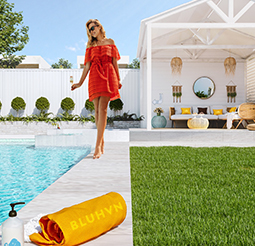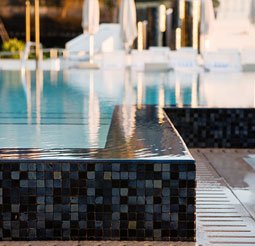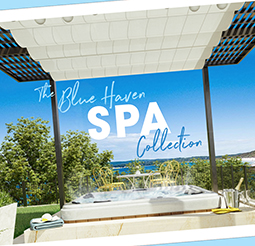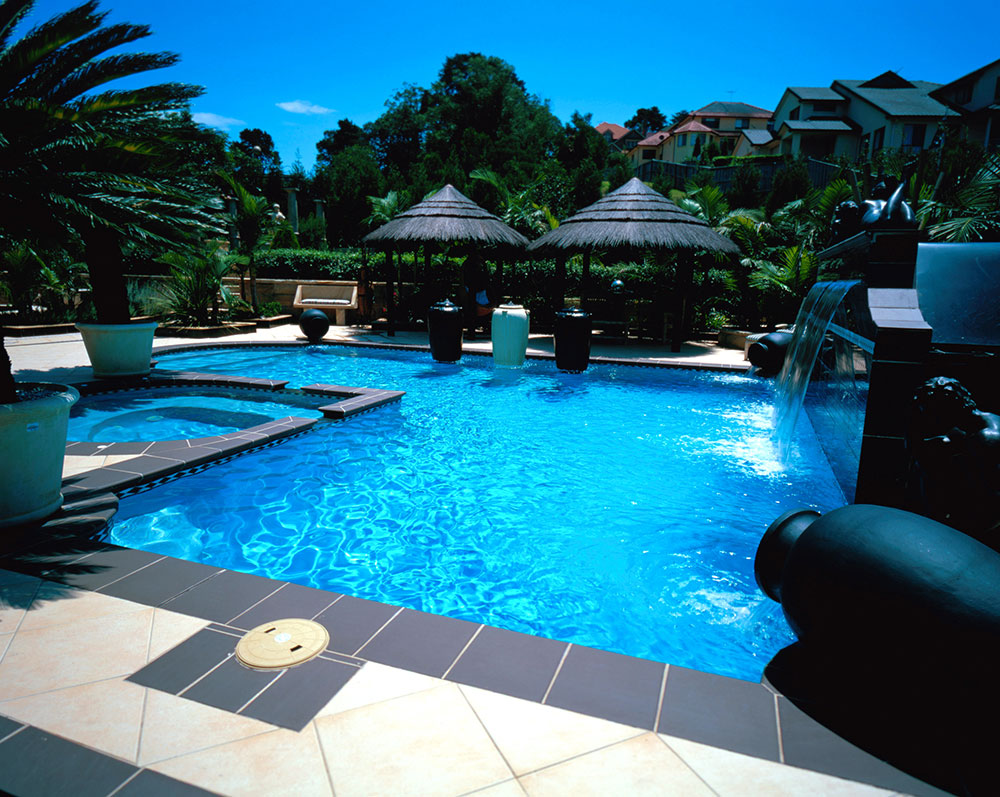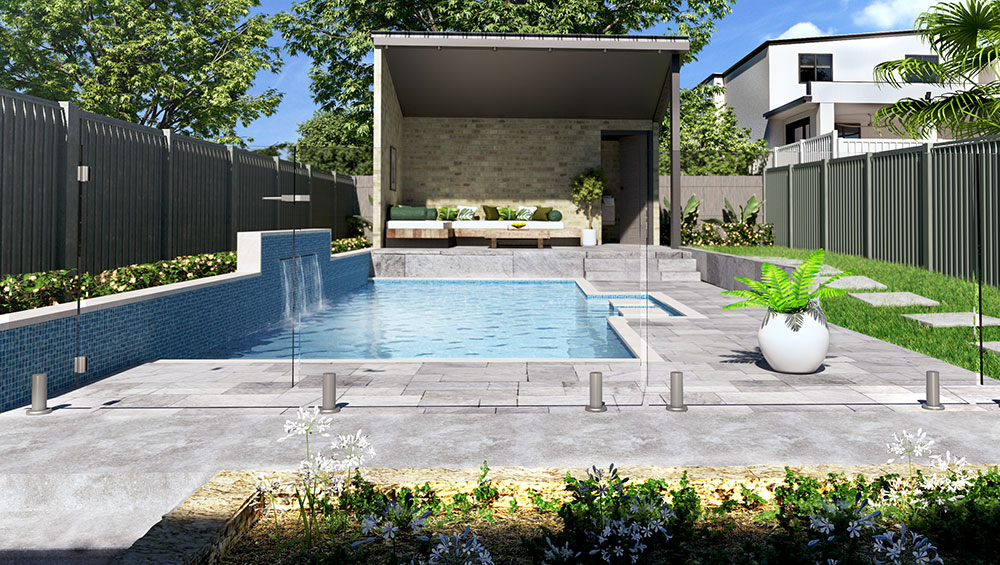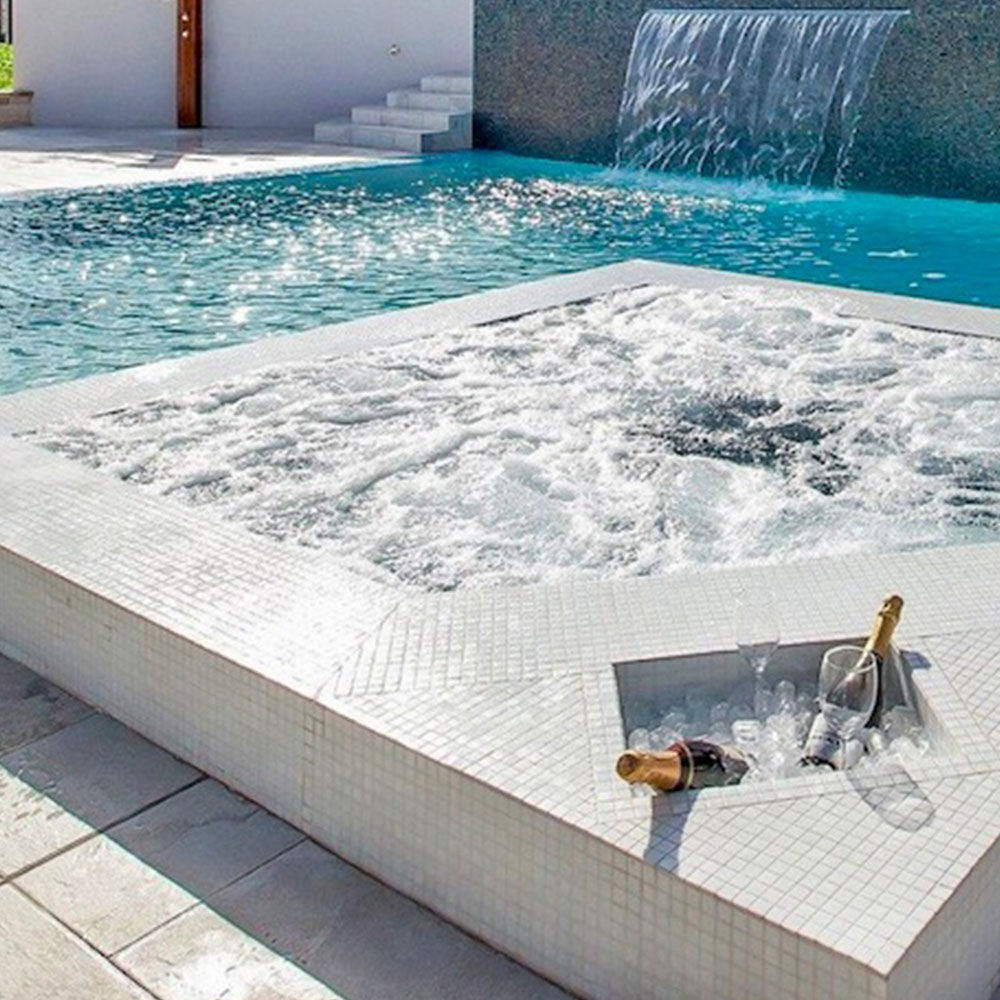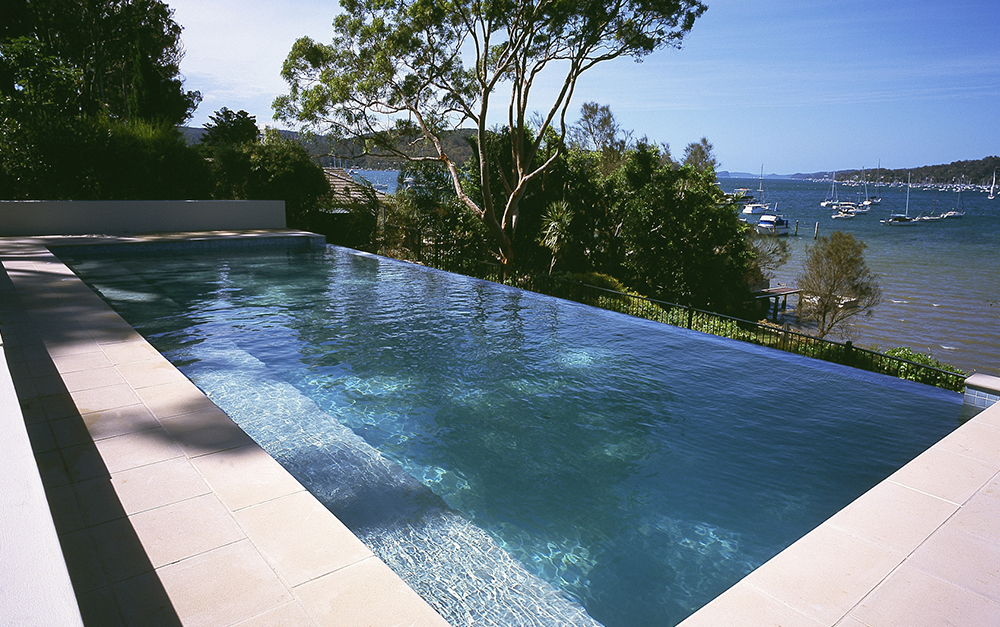The Ultimate Guide to Choosing the Right Swimming Aid for Your Skill Level
August 2, 2024
There are countless swimming aids available for people of all ages and skill levels. Whether you want to master specific swimming techniques or you’re just learning to swim, there are plenty of tools available to boost your skills and confidence, and keep you safe. In this article, we’ll explore the main benefits of swimming aids and also show you which ones are perfect for your needs. Read on to take your swimming game to the next level!
The benefits of swimming aids
Swimming aids typically fall into three different categories based on their intended purpose. These are:
- Providing buoyance and support
- Improving swimming techniques
- Increasing strength/rehabilitation
Less experienced swimmers will likely use a combination of swimming aids that both provide buoyancy and also help to improve stroke technique. People recovering from injuries or undertaking aquatic-based fitness programs may use swimming aids that provide resistance. Let’s look at these categories in more detail.
Provide buoyancy and support
Most people’s earliest swimming pool memories include some form of floatation device. Whether it’s arm floaties or a swim vest, these swimming aids are specifically designed for swimmers who aren’t yet comfortable supporting themselves in the water. They offer buoyancy, allowing swimmers to become more comfortable in the water.
Improve swimming techniques
Once a person is comfortable in the water and can tread water or float unassisted, it’s time to work on improving stroke techniques. There are a range of swimming aids to support this, such as hand paddles, kickboards, pull buoys, swim snorkels and more. These swimming aids either guide your movements or provide support and stability so that you can focus on technique.
Increase strength and conditioning
We won’t go into great detail about this category, but aquatic exercises are often recommended for people in injury recovery. Swimming is also a great way to build strength and improve fitness. Items such as swim barbells and aqua jogging belts can provide additional resistance during strengthening exercises.
Different types of swimming aids
Now, let’s jump straight into the different types of swimming aids you might find at your local pool store. Many of these items have multiple uses, whether it be for mastering swimming techniques or just having some fun in the backyard pool. Others have very specific applications, but most can be used by swimmers of varying skill levels.
Kickboards
Kickboards come in all shapes and sizes, with different buoyancy levels. They are useful for a wide range of activities, but mostly they are great for helping new swimmers improve their kicking technique.
Swimmers hold the kickboard in front of them with outstretched arms, or sometimes hold it under their chest. This provides buoyance and support for the upper body, allowing you to focus more on your kicking. They’re great as a floatation device and a training aid, regardless of your skill level.
Flippers
If you’ve ever wanted to feel like an underwater creature who can move through the water at speed, flippers are a great choice. Often called fins, flippers essentially make your feet far bigger, giving you more power from your kicking.
Flippers can be a little complex for inexperienced swimmers, but intermediate and advanced swimmers regularly use them. When used correctly, flippers can help to improve ankle flexibility, strengthen leg muscles, and move faster through the water.
By giving you more kicking power, flippers are also beneficial for those looking to master certain techniques. With less focus on kicking, you can hone in on the upper body movements and work on your strokes.
Pool noodles
One of the most versatile swimming aids in existence, pool noodles can be found in just about every backyard and public swimming pool around the country. They’re typically used to provide buoyancy, helping swimmers improve their balance in the water. For those just learning to tread water, pool noodles provide excellent upper body support and buoyance.
Pool noodles are also used in strength and conditioning or rehabilitation exercises, but they’re also a heap of fun. People of all ages can have a good time playing around with pool noodles, and you’ll have no trouble finding some fun games to play with them.
Hand paddles
Hand paddles are designed more for intermediate and advanced swimmers, rather than learners. The flat surface of the hand paddle provides more resistance in the water than your hands do. This offers a couple of benefits, chiefly the fact that resistance helps to build arm and shoulder strength. But while resistance can make each stroke feel like it is harder, it also gives you more power.
So, if you’re looking to improve your kick or stroke technique, hand paddles offer a unique way to do it. Certainly, for those who swim for fitness purposes, hand paddles are an excellent addition to your routine.
Pull buoys
Another swimming aid that is more suited to intermediate and advanced swimmers is pull buoys, which also have multiple benefits. A pull buoy is a buoyant pad that swimmers hold between their legs, helping them to keep afloat. Unlike kickboards that offer upper body support, pull buoys can help the core and lower body while you focus on the stroke technique.
If you want to build arm strength, pull buoys are also good for that. They help to stabilise your position in the pool but also make it difficult to kick. As a result, you focus solely on your stroke, which helps to improve upper body strength. Many people also suggest that pull buoys are useful in building core strength.
Arm floaties
At one stage or another, we’ve probably all been in the water with floaties. These simple floatation devices wrap around your arm, and when inflated, provide buoyancy. Arm floaties are designed more for younger children and beginners who don’t have the upper body strength to keep themselves afloat in the water.
While these are a great swimming aid, as they help to build confidence in the water, they’re also an important piece of safety equipment that shouldn’t be overlooked. There are some other floatation devices we’ll touch on shortly, but for youngsters with very little water experience, floaties are always a good choice.
Swim vests
While arm floaties are pretty common for young swimmers, there are other effective ways to support beginners in the pool. Swim vests, for example, are not unlike the life jackets you
would wear on a boat. However, they’re a lot more compact and easier to move around in, making them perfect for young swimmers and beginners.
Swim vests provide valuable support and buoyancy for the upper body, and they can be vital in helping children adjust to deeper water where they can’t touch the bottom. Not only do they help you stay afloat, but they also help to regulate the body’s position while swimming, which makes it easier to focus on stroke techniques and become comfortable floating.
Floatation belts
Swim belts are not unlike swim vests, but simply support a different area of the body. As the name suggests, a swim belt goes around your waist rather than covering your whole torso. This helps to provide buoyancy and support, but can also be helpful in maintaining the correct swimming position.
Again, these devices are tailored more towards beginner swimmers because they are more about gaining confidence than mastering the stroke technique. When you buy floatation belts, ensure you get one that is rated for the correct weight, as they usually come in multiple sizes.
Swim snorkels
Most people would associate snorkels with recreational swimming. There’s nothing better than checking out the underwater mysteries with your snorkel on, but swim snorkels are slightly different. Firstly, their design is more aerodynamic, but they perform a similar function. Swim snorkels don’t usually have goggles included, and the breathing apparatus is usually more centred rather than being off to one side.
However, they do much the same job as recreational snorkels, allowing swimmers to breathe underwater without bringing their mouths out of the water. One of the most challenging things for beginners and intermediate swimmers is maintaining a straight swimming line when they turn their heads to take a breath. Snorkels eliminate the need to turn your head, so you can focus more on stroke technique and maintaining a good body position.
It’s important to remember that swim snorkel use should not go on indefinitely. For water safety reasons, children (and adults) should be able to comfortably breathe while swimming. So, swim snorkels are great while learning, and they’re even popular among experienced swimmers for convenience. But don’t forget to teach the kids all of the unassisted swimming basics, too.
Need more tips to improve your swimming?
If you’re considering installing a backyard swimming pool, or you’d just like some more resources to get the most out of your pool, we’re here to help. Blue Haven designs and installs all types of swimming pools, both custom-designed and pre-fabricated. You can also check out our useful swimming pool tips for all-year-round fun. Contact us today to find out more.
Read Also:


